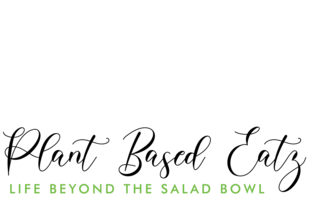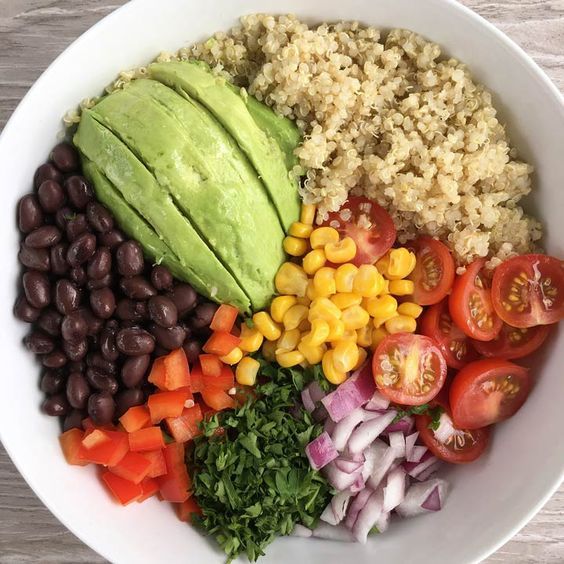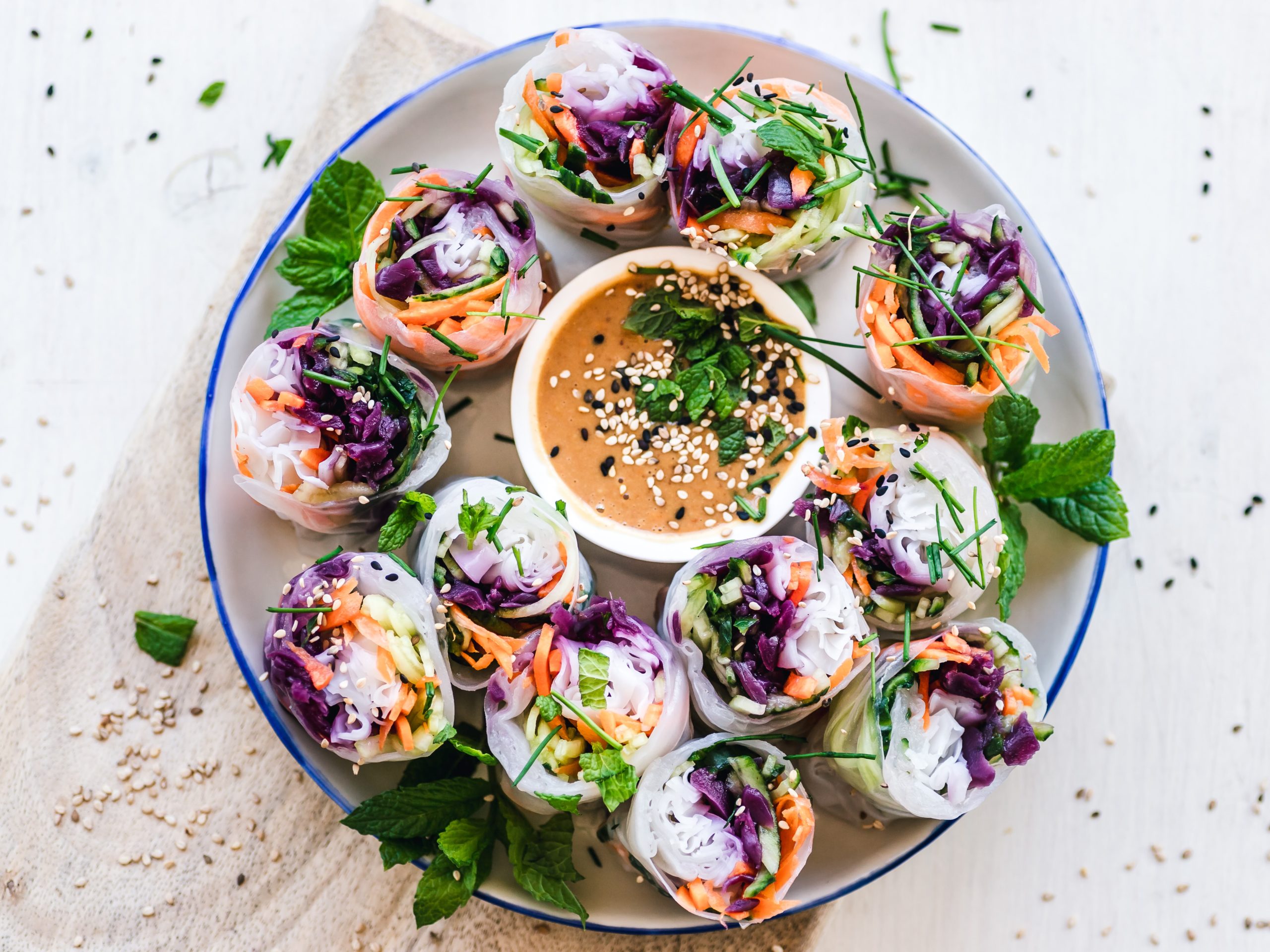Planning a balanced vegan meal involves ensuring that you’re getting all the necessary macronutrients (carbohydrates, protein, and fats) and micronutrients (vitamins and minerals) your body needs to function properly. Here are some steps you can take to plan a balanced vegan meal:
- Start with a base of whole grains: Whole grains are an excellent source of complex carbohydrates, which provide energy and help you feel full. Examples of whole grains include brown rice, quinoa, oats, and whole-wheat pasta. Aim to make at least half of your grains whole grains.
- Add protein: Plant-based protein sources include legumes (such as beans, lentils, and chickpeas), tofu, tempeh, seitan, nuts, and seeds. Include a variety of protein sources in your meal to ensure you’re getting all the essential amino acids your body needs.
- Include plenty of vegetables: Vegetables are a great source of fiber, vitamins, and minerals. Include a variety of colorful vegetables in your meal to ensure you’re getting a wide range of nutrients.
- Don’t forget healthy fats: Healthy sources of fat include nuts, seeds, avocados, and plant-based oils (such as olive oil). Fat is important for satiety and helps your body absorb certain vitamins.
- Consider your micronutrient needs: Some micronutrients that can be harder to get on a vegan diet include iron, calcium, and vitamin B12. Make sure to include plant-based sources of these nutrients in your meal, such as leafy greens (for iron and calcium) and fortified plant-based milk or supplements (for vitamin B12).
- Watch your portions: Eating a variety of foods is important, but it’s also important to watch your portion sizes to ensure you’re not overeating. Use a smaller plate, and aim to fill half of it with vegetables, a quarter with grains, and a quarter with protein.
By following these steps, you can plan a balanced vegan meal that meets your nutritional needs and tastes delicious! Let me know your vegan meal creations!
Until next time,
~ Your neighborhood health dealing nutritionist and Chef~ K



 You’re Vegan…Where do you get your protein?
You’re Vegan…Where do you get your protein?

